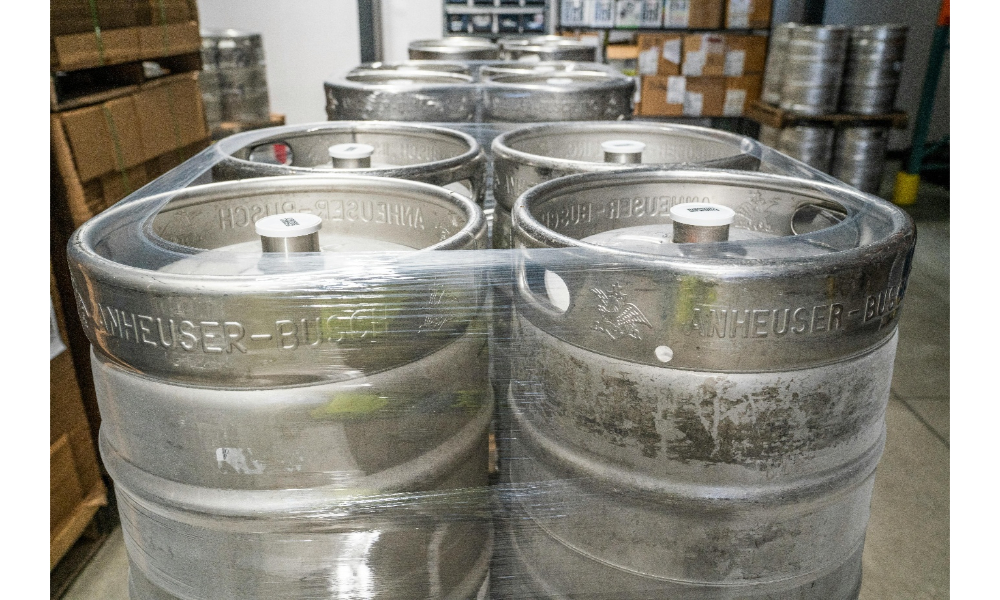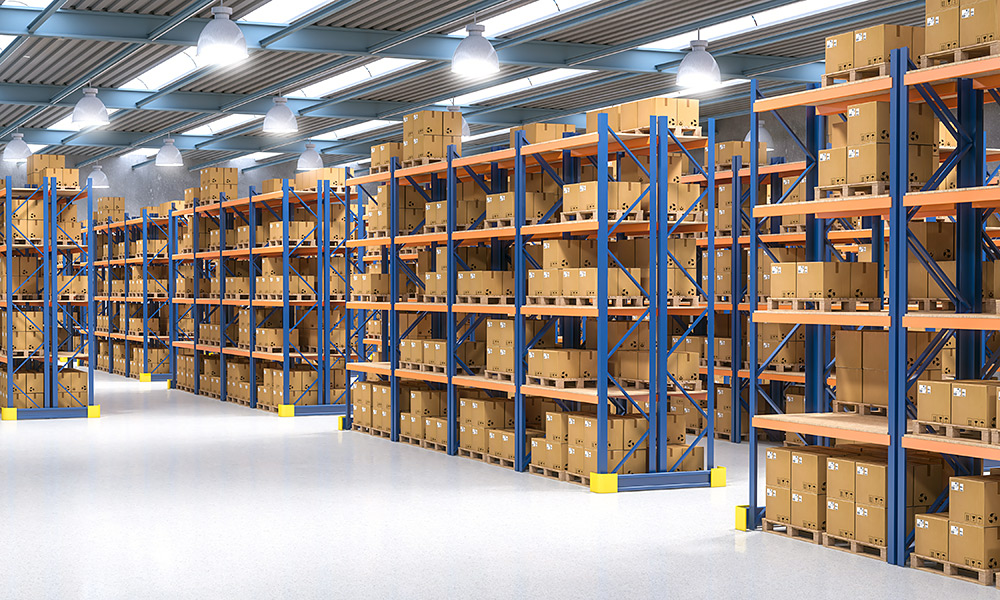Many people still do not know what the OEE formula is. Well, the OEE formula helps you finding the OEE or Overall Equipment Effectiveness of an asset starts with measuring availability, which is calculated or calculator is used by dividing the total runtime of an asset by the total planned production time of analysis. OEE or Overall Equipment Effectiveness is maintenance KPI that measures on assets level of production. OEE formula or Overall Equipment Effectiveness’s definition can also be described as a portion upper manufacturing operation or machines, which is, utilized that is material, facilities, and when it is compared with its full capacity during those time or where it is scheduled to function. OEE or overall asset effectiveness is a combination of three factors that tell you how efficient and asked during the manufacturing process. Each factor can tell you something different about how an asset operates or OEE how to calculate an OEE. In this article we will tell you about OEE How to calculate it. Continue reading to know more. The three factors of OEE or overall asset effectiveness are:
- Asset availability– How often does the asset function when needed.
- Asset performance– How much does the asset produce?
- Production quality -How many high quality-items does the asset produce?
When an asset operates within OEE index 100% it means that every time it produces is without defect, it is producing as fast as possible and it experiences no unplanned downtime. The production without any defects resembles quality, the fast production resembles performance and no unplanned downtime resembles availability. The definition of SAP OEE: SAP OEE (Overall Equipment Effectiveness Management) is a manufacturing solution that allows users to visualize, analyze, and measure key performance indicators (KPIs) in real-time and historical data using the SAP
- OEE can be used as a benchmark as well as a baseline.
- OEE can be used as a benchmark to evaluate a specific production asset’s performance to industry norms, comparable in-house assets, or outcomes from multiple shifts working on the same asset.
- OEE can be used as a benchmark to measure progress in removing waste from a specific production asset over time.
Benchmarks of the OEE or Overall Equipment Effectiveness
So, what constitutes a “good” OEE formula or overall asset effectiveness score as a benchmark? What does it mean to have an excellent score? 100% OEE index or formula refers to ideal production, which is making only excellent components as quickly as possible with no downtime. It is very important for the manufacturer to learn to calculate the cost of OEE. If the OEE is increased in some percentage, then the operational cost would decrease. For discrete manufacturers, an OEE or OEE index or formula of 85 percent is considered world class. It is an appropriate long-term objective for many businesses. If you check the financial aspect of OEE, you will get to know about the cost of OEE. For discrete manufacturers, a 60 percent OEE index or formula is average, but it implies that there is still a lot of potential for improvement. For manufacturing organizations that are just beginning to measure and improve their manufacturing performance, 40 percent OEE is not unusual. It is a low score that can usually be improved with simple procedures (for example, recording stop time causes and tackling the major sources of downtime one at a time). However, if the OEE is increased by 10% then the operational cost will be lowered. All these can help you to understand the cost of OEE index. The definition of SAP OEE: SAP OEE (Overall Equipment Effectiveness Management) is a manufacturing solution that allows users to visualize, analyze, and measure key performance indicators (KPIs) in real-time and historical data using the SAP. OEE helps in reducing cost.
Calculation of OEE
All losses (Stop Time Loss, Speed Loss, and Quality Loss) are included into OEE formula or OEE index, resulting in a measure of actually productive manufacturing time. There are three factors of the OEE calculation. The three factors, which are used to calculate OEE, are availability, performance, and quality. The ratio of fully productive time to planned production time is used to calculate OEE or OEE calculation or calculator. OEE formula helps in the calculation of the production process. The definition of SAP OEE: SAP OEE (Overall Equipment Effectiveness Management) is a manufacturing solution that allows users to visualize, analyze, and measure key performance indicators (KPIs) in real-time and historical data using the SAP
OEE = Availability × Performance × Quality
When the availability, performance, and quality equations are inserted in the preceding equation and then reduced to their simplest terms, the following is the result:
OEE = (Good Count × Ideal Cycle Time) / Planned Production Time
This is the “simplest” OEE Formel that was previously explained. After some thought, it’s clear that multiplying Good Count by Ideal Cycle Time yields Full Production Time (manufacturing only good parts, as fast as possible, with no stop time). It is used in the calculator or calculation of OEE. You can also use the calculator for solving the OEE.
What is the definition of SAP OEE?
The definition of SAP OEE: SAP OEE (Overall Equipment Effectiveness Management) is a manufacturing solution that allows users to visualize, analyze, and measure key performance indicators (KPIs) in real-time and historical data using the SAP connected manufacturing landscape, which includes SAP OEE (add-on), SAP MII (Manufacturing Integration and Intelligence), HANA, and SAP Pico (Plant connector). This paper explains how to have custom calculation or calculator for all of SAP OEE’s Key Performance Indicators (KPIs). The goal of this solution is to have KPI data presented in the SAP MII Worker dashboard rather than mirrored in HANA.
There are many advantages of OEE but there are some OEE disadvantages too. OEE disadvantage of being difficult to execute since it requires substantial employee training. The overall asset effectiveness is a more generalized version of Overall Equipment Effectiveness. This strategy may be used to a range of industries in order to improve process efficiency. The OEE disadvantages can lead to some loss but you have to careful.








Comments